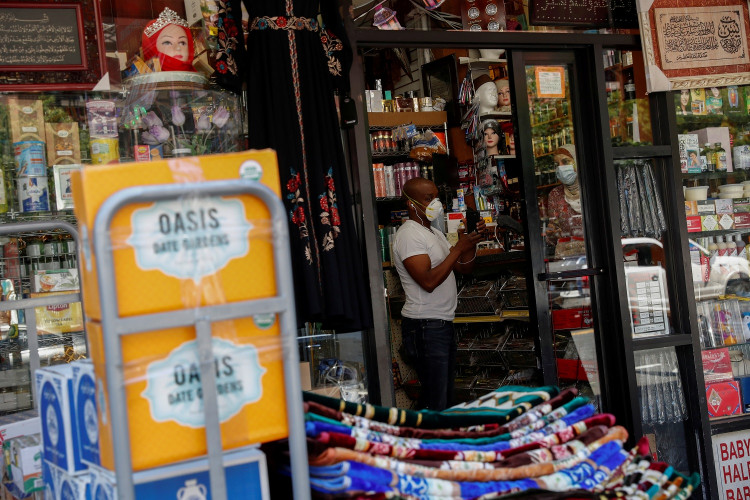In an unexpected turn of events that could signify emerging challenges for the U.S. economy, retail sales witnessed a significant drop in January, according to data released by the Commerce Department. The 0.8% decrease in consumer spending, adjusted for seasonal factors but not inflation, surpassed economists' predictions, who had anticipated a more modest decline of 0.3%. This downturn follows a revised gain of 0.4% in December, suggesting a potential shift in consumer behavior at the outset of the year.
Excluding automobile sales, the dip was still pronounced at 0.6%, falling short of the expected 0.2% increase. The data, revealing a mere 0.6% year-over-year growth in sales, underscores the lag in consumer spending relative to inflation rates, which continued to rise in January.
Specific sectors felt the impact more acutely, with sales at building materials and garden stores tumbling by 4.1%. Similarly, miscellaneous store sales and motor vehicle parts retailers experienced declines, alongside a 1.7% drop in gas station sales, correlating with falling fuel prices. In contrast, restaurants and bars provided a glimmer of hope with a 0.7% uptick in sales.
This retail sales control group, a critical component of the Commerce Department's GDP calculations, also saw a decrease of 0.4%. Such figures are pivotal, given consumer spending's central role in the U.S.'s robust growth narrative, defying numerous recession forecasts with a 2.8% spending surge in Q4 2023 and a 2.5% annual GDP increase.
Despite the bleak January report, Robert Frick, corporate economist at Navy Federal Credit Union, views the situation as a temporary setback rather than a fundamental shift. "It's a weak report, but not a fundamental shift in consumer spending," he commented, attributing the decline to post-holiday adjustments and adverse weather conditions, among other factors.
Supporting this outlook, the labor market continues to exhibit resilience, with initial unemployment claims dropping to 212,000 for the week ending February 10, surpassing expectations. This enduring strength in employment, coupled with real wage gains, may buffer the economy against more severe downturns.
Moreover, regional manufacturing surveys from the Federal Reserve's Philadelphia and New York districts have reported better-than-expected figures for February, hinting at underlying economic robustness despite retail headwinds.
Investor reactions have been relatively muted, with stock futures indicating a positive market opening. These developments are closely monitored for their implications on Federal Reserve monetary policy, particularly regarding interest rates. Current futures market trends suggest the anticipation of a rate cut as early as June, with further adjustments expected throughout the year.
As analysts and policymakers dissect these figures, the broader economic narrative remains complex. While the retail sales slump could be a harbinger of consumer strain under persistent inflation and elevated interest rates, the resilience in other economic sectors suggests a more nuanced picture. The coming months will be crucial in determining whether this downturn in consumer spending is an anomaly or indicative of deeper economic undercurrents.






